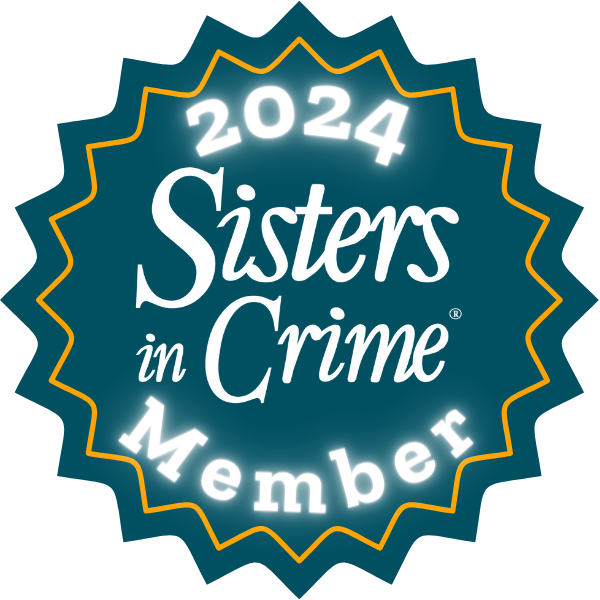The photo this week is something my writing club made me do. We had a conversation last weekend that went something like this:
Them: What’s up with this side character?
Me: [launches into wandering, rambling vaguely story-like string of sentences about the character’s thoughts, dreams, family, and eventual downfall]
Them: Uh-huh. What about this other one?
Me: [even longer ramble, ending with yet another downfall]
Them: And remind us what your main character is doing?
Me: [the longest ramble, also ending with lots of downfalls]
Them: Riiight . . . do you have this stuff outlined at all?
Okay, they weren’t quite so skeptical of me. But they had reason to be. For any story I write, I outline the plot, but at best my character notes will be just that — notes. For one of my more complicated projects, I had notecards that essentially read like a license for each character. Name. Height. Colors. I threw in details about likes and dislikes, relationships, etc, but there wasn’t anything in there about how they changed.
That’s not to say, though, that my characters all stay the same. It’s just the opposite — usually people in my longer stories are changing all over the place, because personal growth is something I’m interested in. But because I’m such a people watcher, I usually let that change happen organically. I’ll know vaguely what the arcs for the main characters are, but everyone else will be left to fend for themselves. This works just fine for a first draft, but it gets a little swampy when editing. (Particularly for the poor unsuspecting victims in Writing Club.)
Part of my problem in the past has been that, while I was aware of the concept of “character arcs,” it seemed intimidatingly academic. Technically, a character arc is just the way the person changes — good, bad, neutral, or not at all. But a lot of (very helpful) websites will combine character arc discussions with talk about types of conflict and types of goals and types of career choices (okay not that last one), and it all starts to feel very nitty-gritty. I think with all those definitions they’re carving out a staircase that will help a writer arrive at Character Arc Summit, and I’ve never quite gotten it because I’m too used to scrambling up the hillside on all fours. As a result, everything gets a little muddy, and I’m left wondering if I scaled the mountain the right way or if in fact I’ve slid back down into the trailhead parking lot.
So, for those like me standing atop what might — or might not — be the summit of a finished draft, I’m here to share an accidental shortcut. I had the best time doing this exercise yesterday! (Yes, it’s an editing exercise, and yes, maybe I should get out more.) Using my (completed-for-now) rough draft, my plot outline, and a notebook and pens, here’s what I did:
- Along the left edge of the paper, I wrote down the names of all my named characters. Because I like to be overly organized, I did it in descending order of importance (as best as I could remember).
- I then divided the rest of the page into three columns (see photo above for reference).
- Those three columns became “Beginning,” “Middle,” and “End.” For each character, I filled in the blanks with a one- or two-word description of their role in their respective part of the story. For example, one of the side characters starts out as an outcast, becomes an assassin in the middle of the book, and at the end is a captured criminal. By contrast, another side character is an explorer at the beginning, still an explorer in the middle, and then a lover at the end. I think it’s fine if a few characters have only one role change, or possibly no change at all (the closest I came to that was “schemer”-“schemer”-“fallen schemer”). Those then serve as counterpoints to everyone else.
- Some of the side characters didn’t really have an “end,” or in one case, a “middle” — but they didn’t stay the same, either. I’d just forgotten them! So I highlighted those areas and filled them in, planning to put some extra energy into that transformation during my next rewrite. They’re such side characters that I expect only a few lines of dialogue or a reworked scene or two will do the trick, and will flesh out the story nicely.
- Bonus: You’ve probably noticed squiggles all over my picture — that’s because I colored the characters according to the timeline of the main character’s arc. This might be getting into the weeds a bit, but essentially, a lot of my side characters are there to echo my MC’s arc, which is slow to unfold. During her “beginning,” some side characters complete their entire arc. Therefore her beginning got one color, middle another, end a third, and each other character was colored according to when their arc ended. Does that make any sense?
- Extra bonus: For fun, I also used this as a visual reminder of how many characters end up dead at the end of the story. You can see “D”s in their “End” columns. (Um . . . I’m not unhinged, promise. This particular project is a bit of a dark comedy, and besides, it’s about a fantasy war over the course of four years.) You could adapt this marker for whatever you want –maybe “H”s for happy endings, etc.
Now, as far as tools go, this is just descriptive. In and of itself, it’s not going to fix anything, and it’s looking at character arcs in a super basic way. But I think it can serve as a helpful indicator. If you’re at a loss for different roles to write in each column, then maybe your character isn’t doing much (aka not wanting much). If on the other hand you’re pleasantly surprised at how quickly each answer comes to mind, then yay! You can feel a bit more confident when you next encounter character arc advice. Scrambling up that hill did get you somewhere. 🙂 Now you can climb even higher!
Happy editing!





